Trees, urban gardening and the importance of birds: a conversation with Angie Gallinaro.


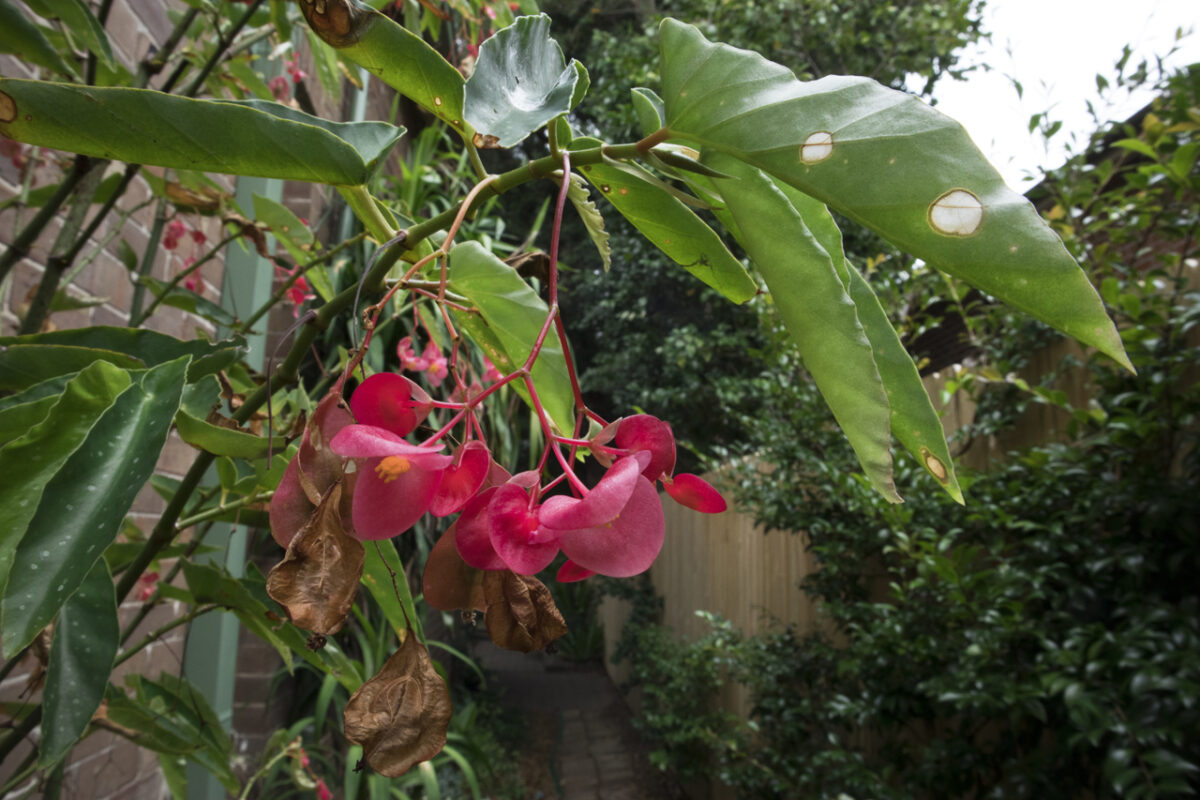
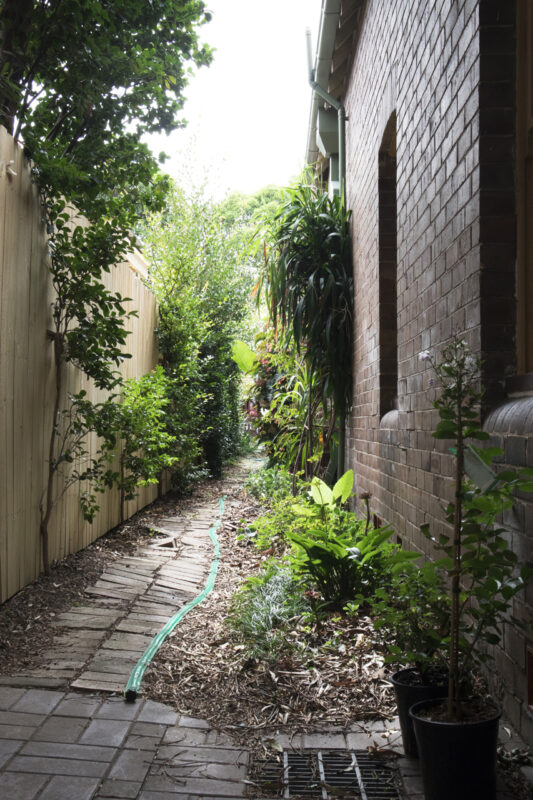
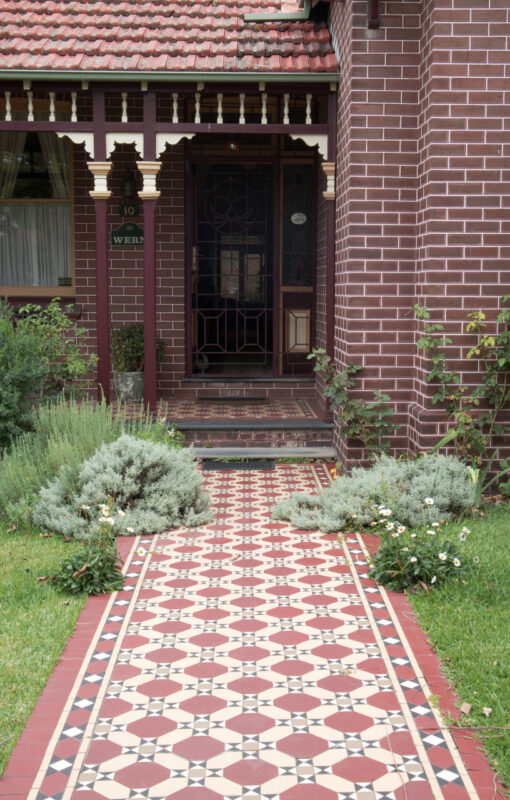
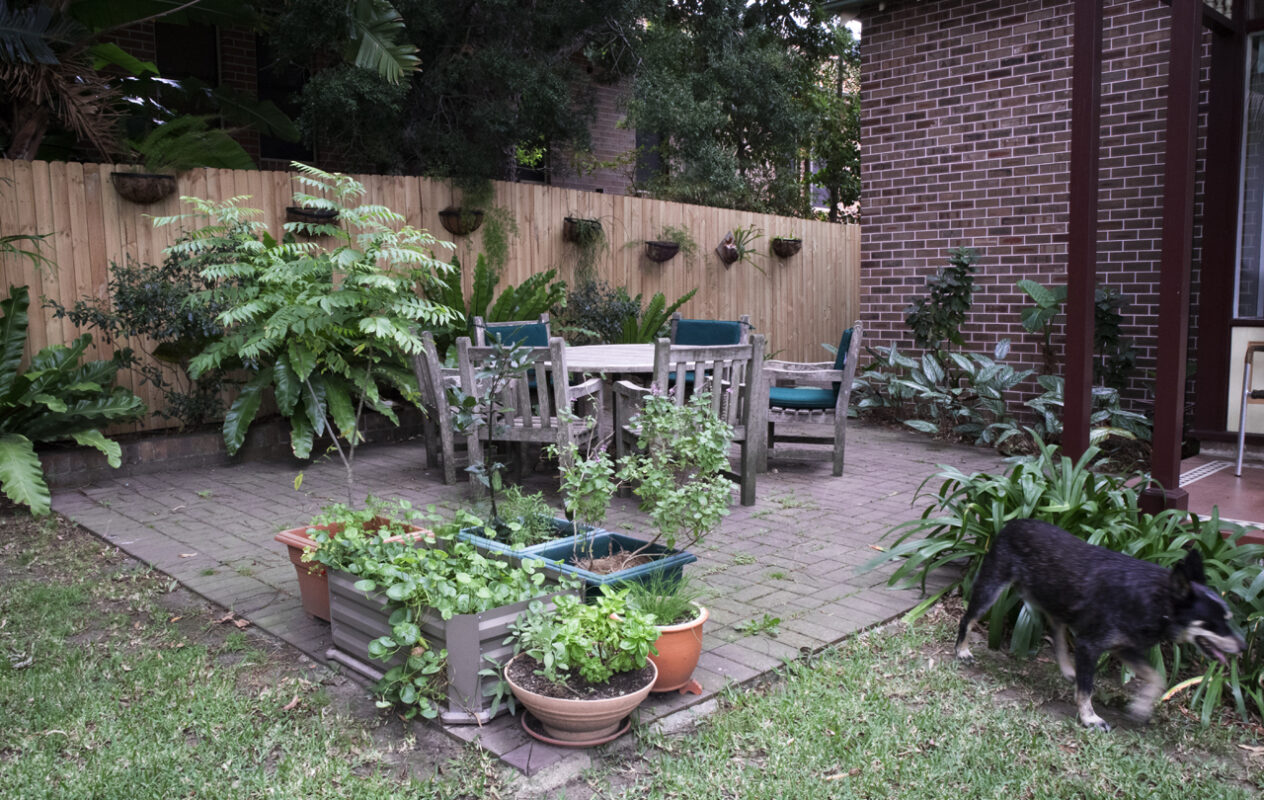
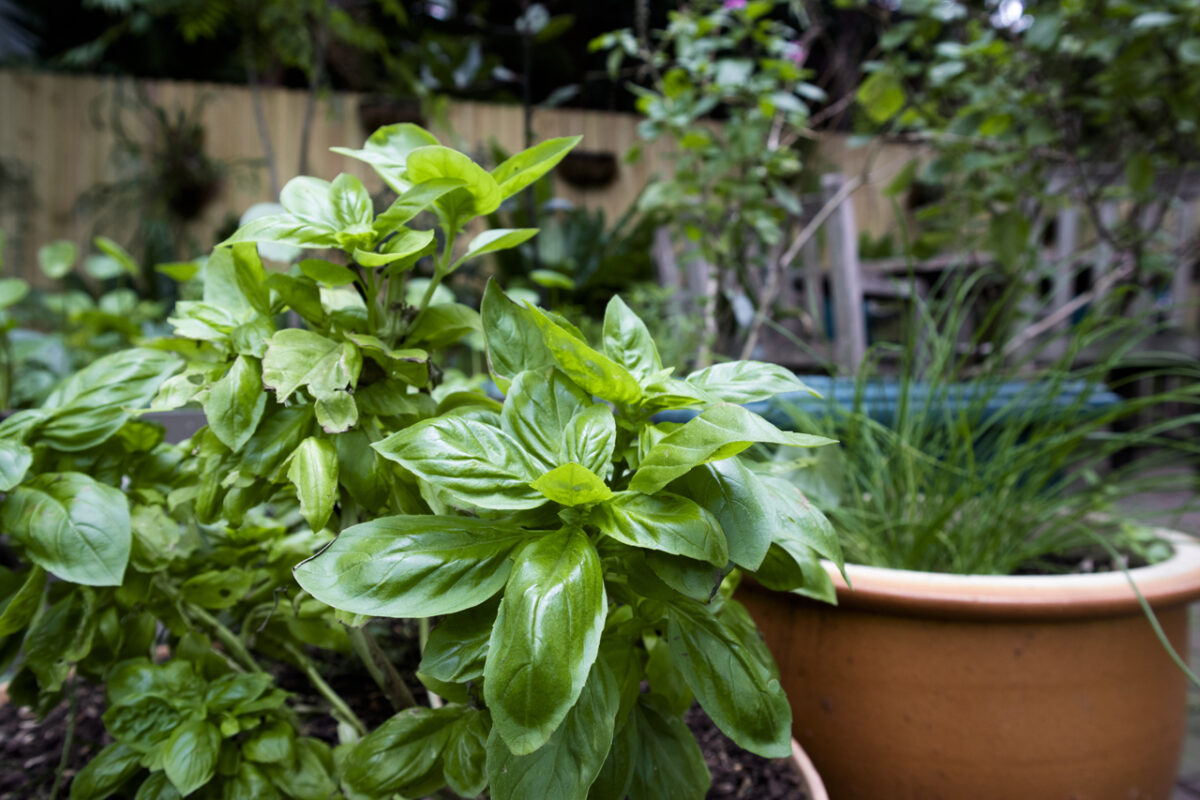
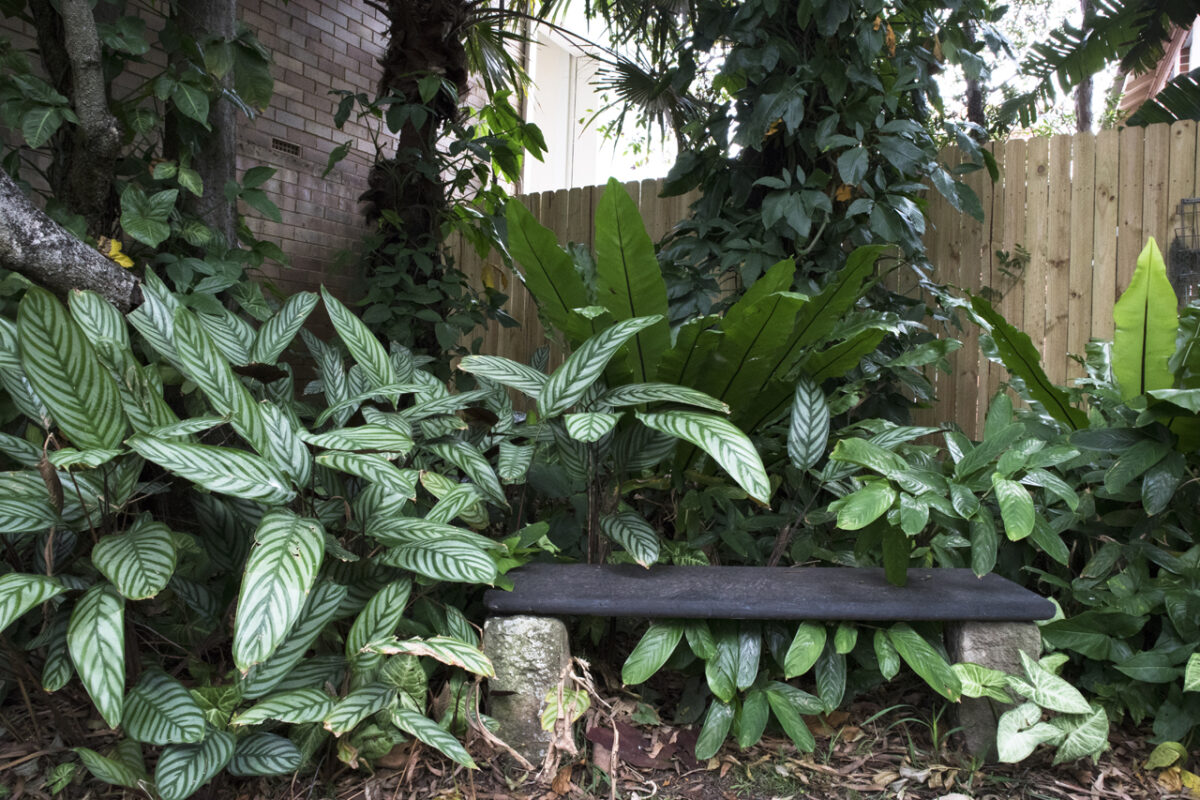
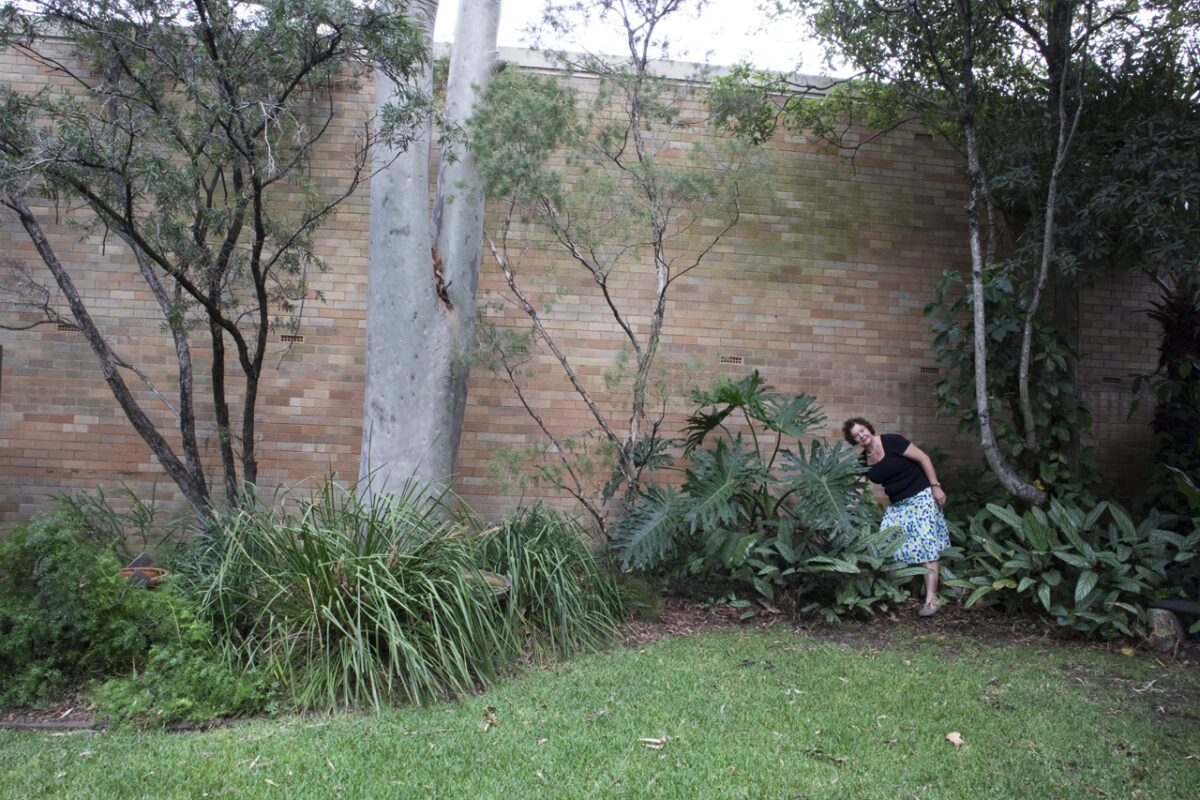
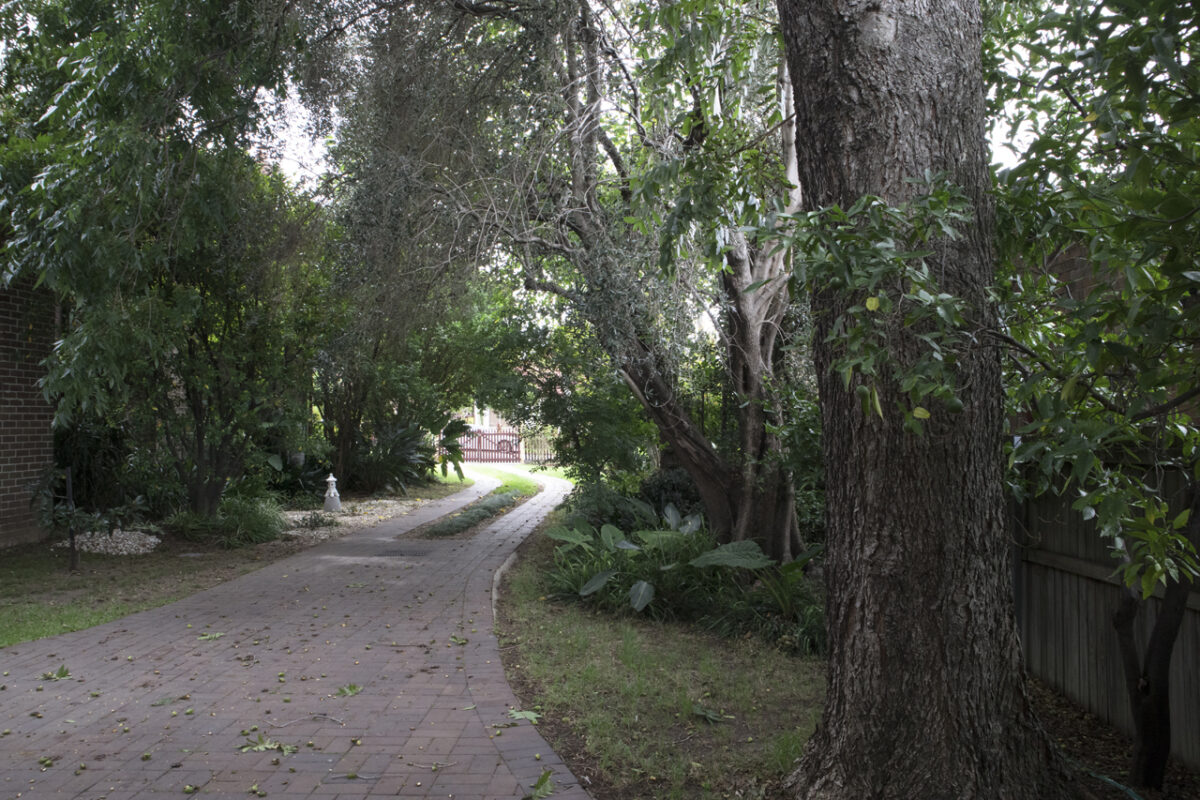
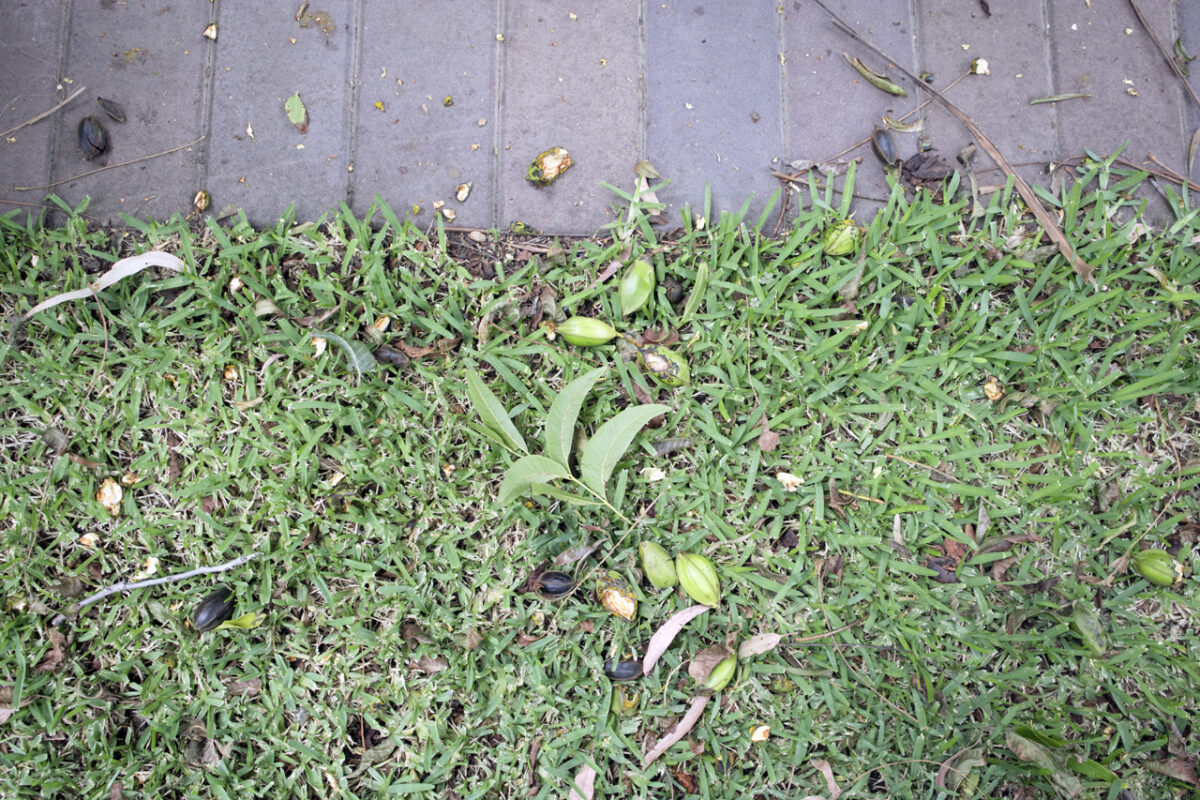
I experiment all the time. One experiment that went wrong is the bulbs. I bought a whole lot of all varieties of bulbs and planted them everywhere, quite a few kilos worth. Of course I had some success, but I wanted a maintenance free garden, I didn’t want to have to dig it all up and put them back in in autumn. So I have a few daffodils and freesias left, but out of the hundreds of bulbs only about a tenth of them work on the first year, and very little afterwards. So: disaster. Another experiment, because there are so many trees and shade there are some bare patches where grass won’t grow. So I planted some ground cover, and the snails ate it. I’ve been struggling with this for many years. Eventually I decided to go to a Bush Care walk down Hawthorne Canal where Adam Ward brought to my attention the native grass. Its common name is a weeping rice. I ended up sourcing some seeds and sowing them – and it seems to be working. So that’s a real success story. Another story: on the other side I had the same problem of snails eating the ground cover: I decided to turn it into a Japanese garden. Of course you can’t have a Japanese garden when you have leaf mulch. But what has happened is that after I’d put the pebbles down, the native violets that I had planted there that had been eaten started coming up through the pebbles because the snails don’t like the pebbles. So now I’m working on the native violets.
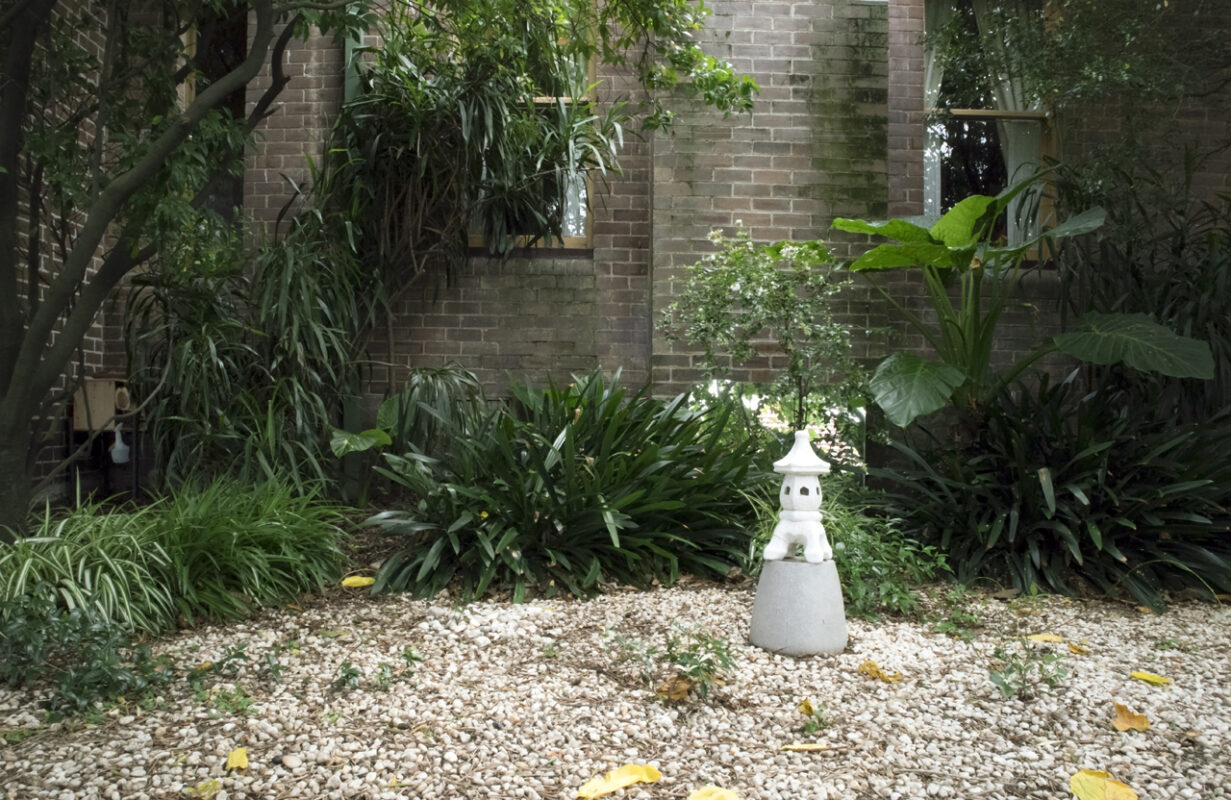
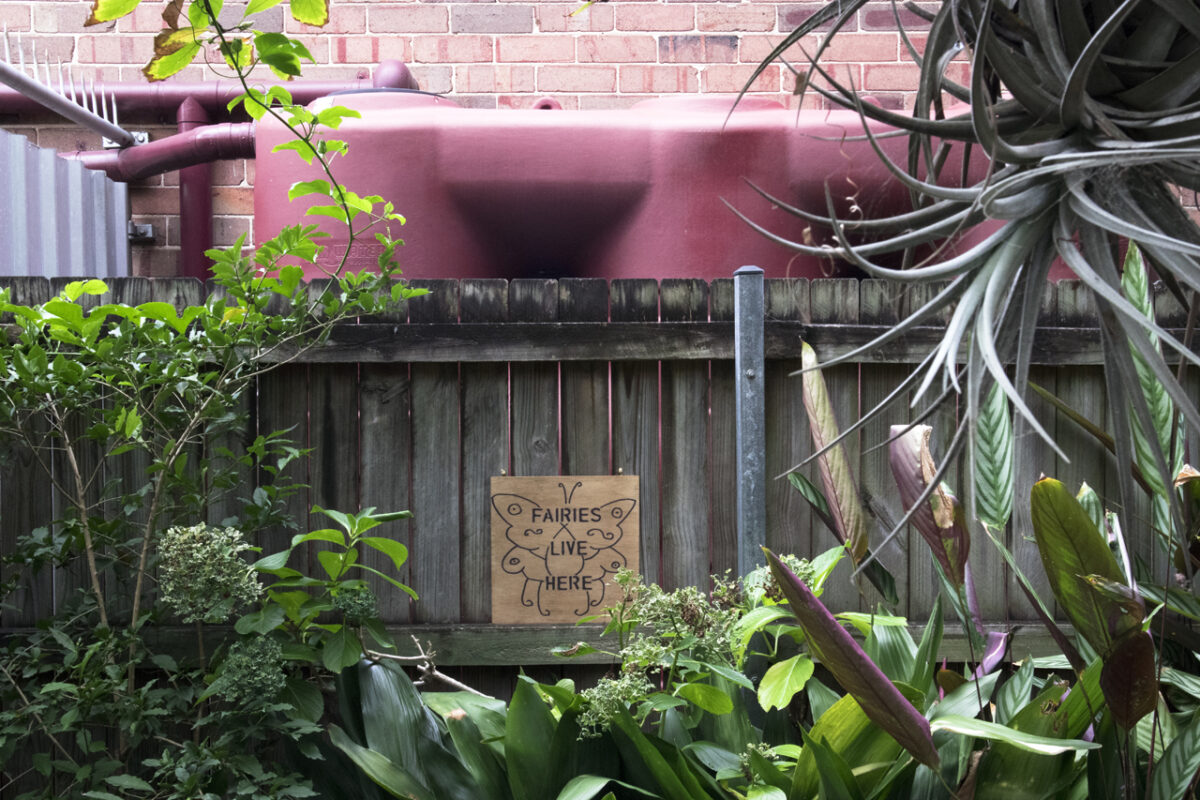
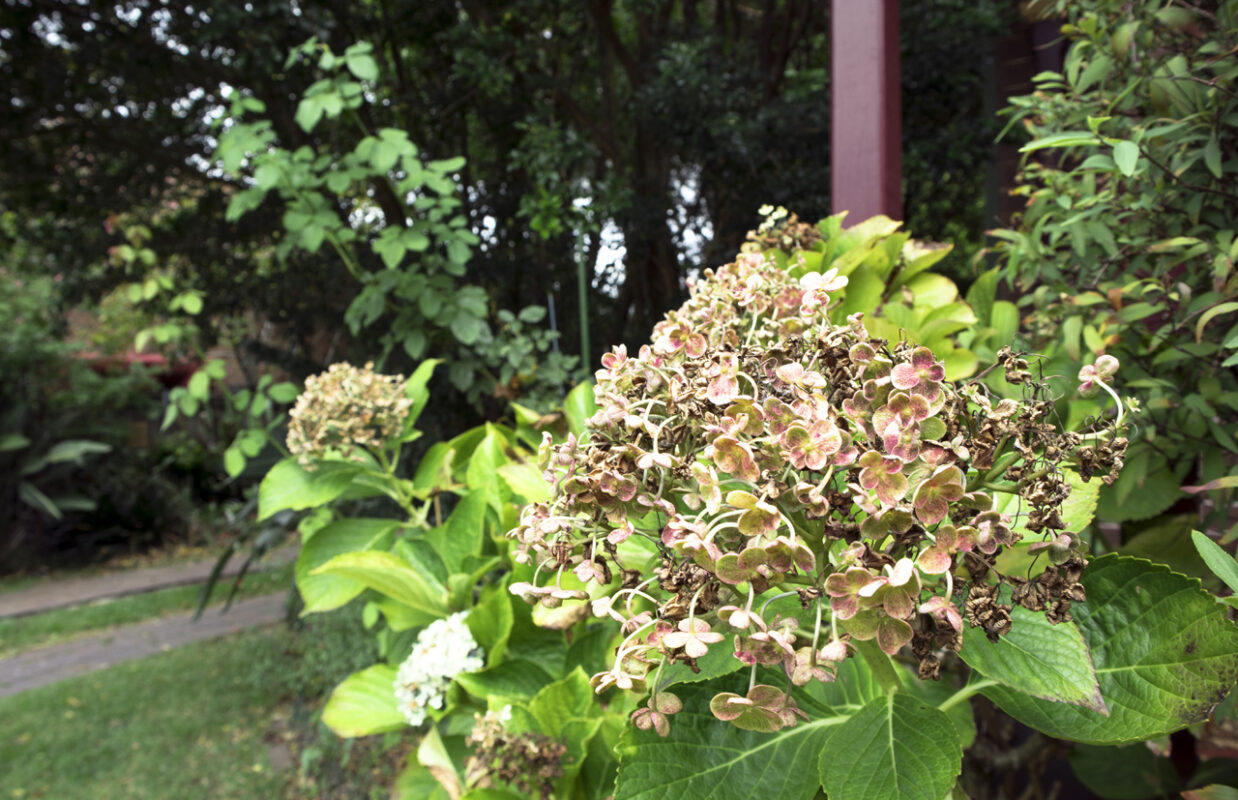
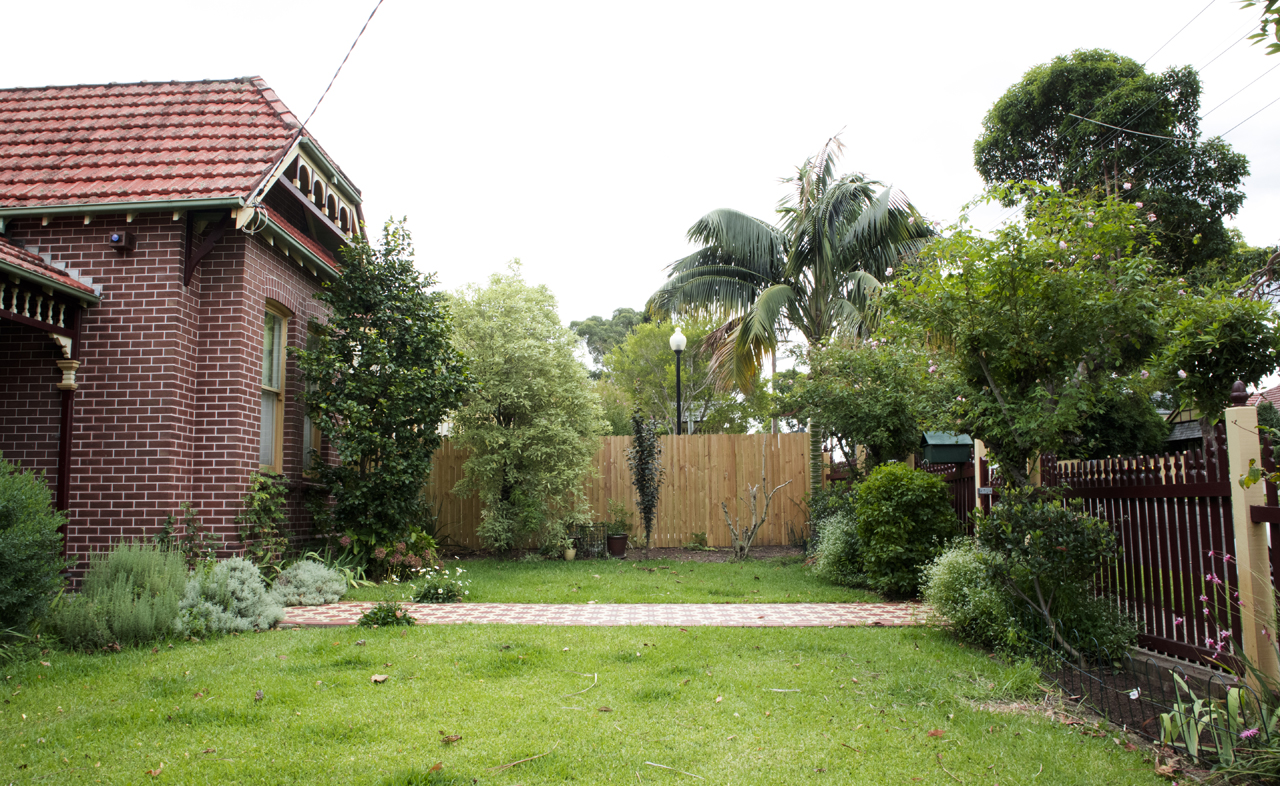
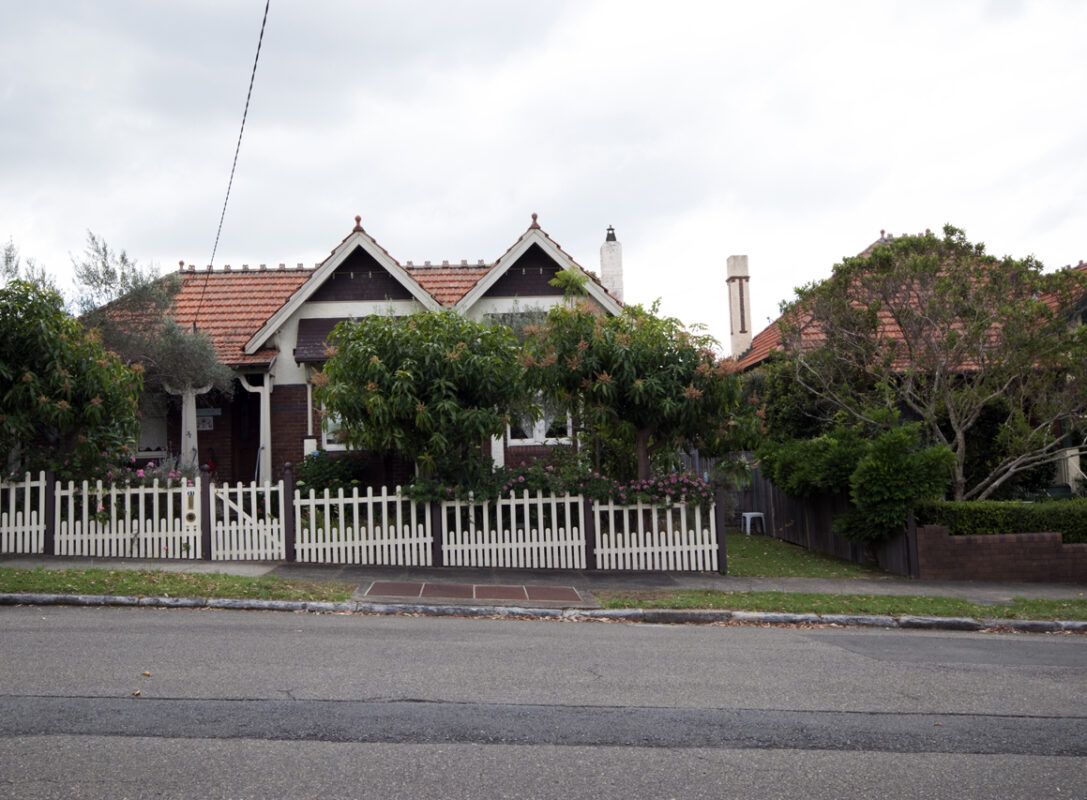
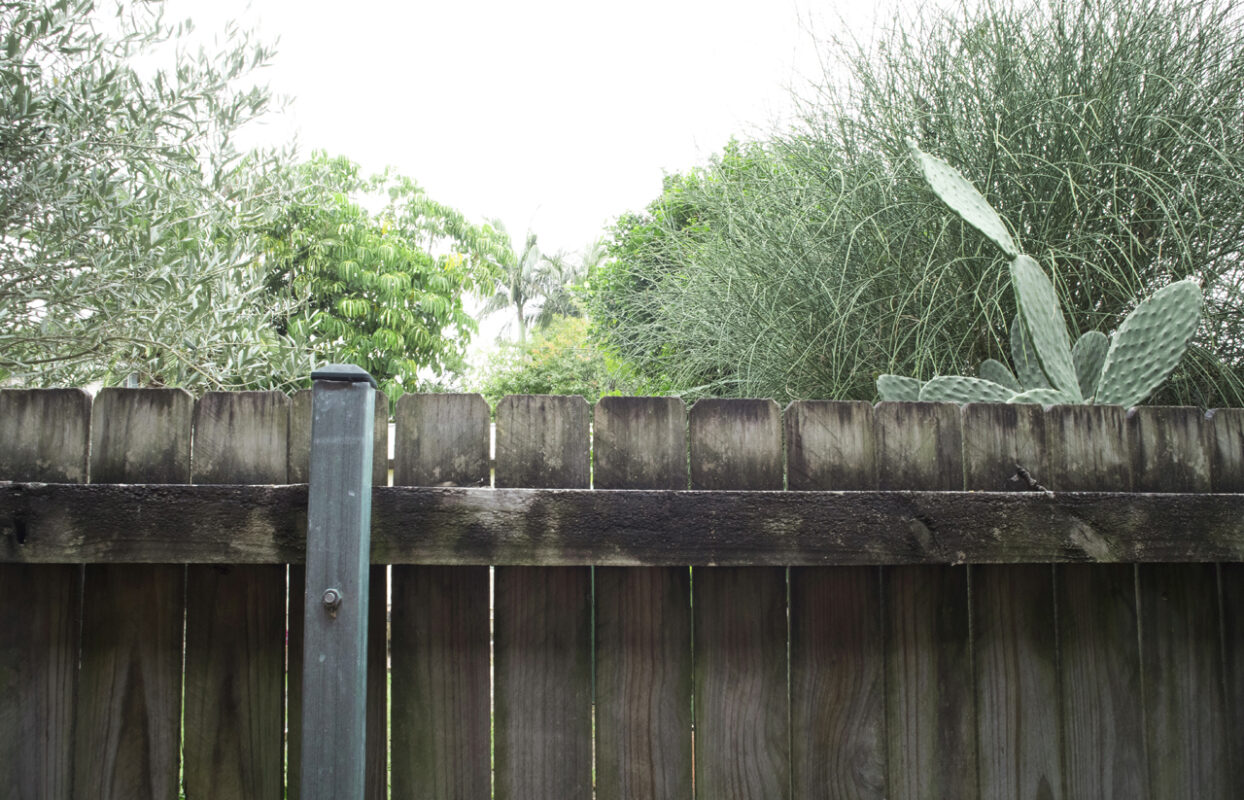
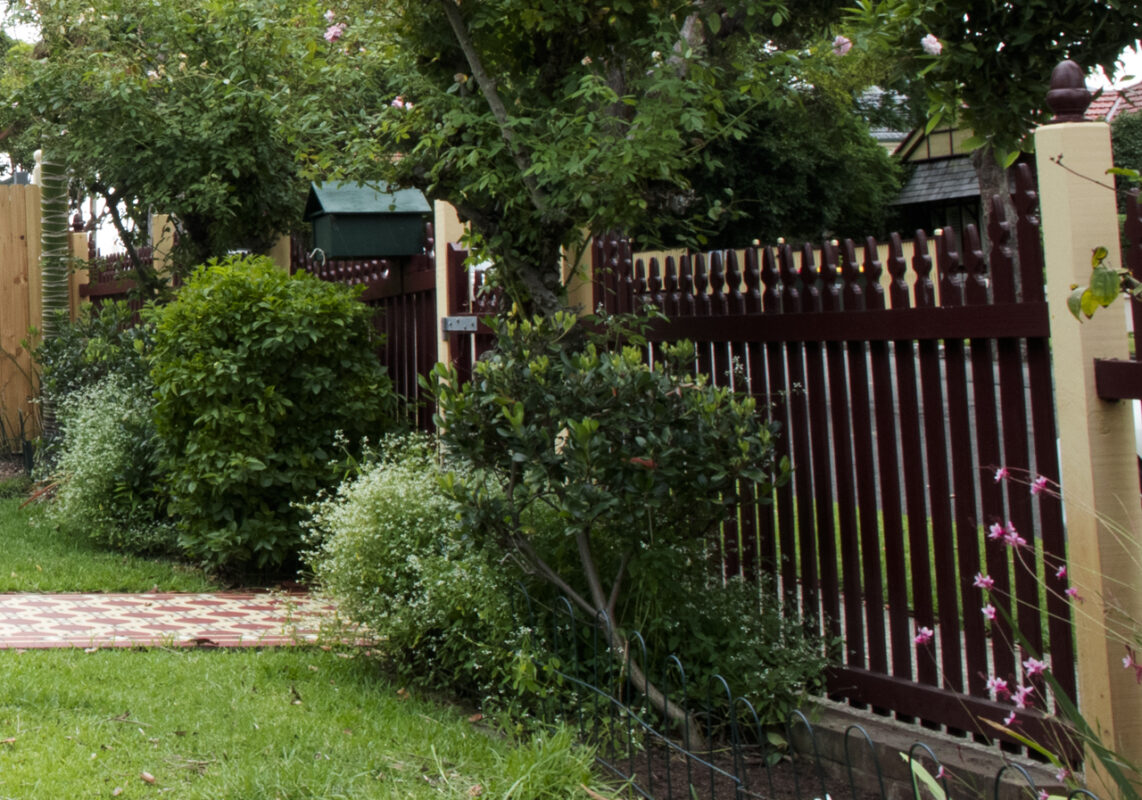

0 Comments